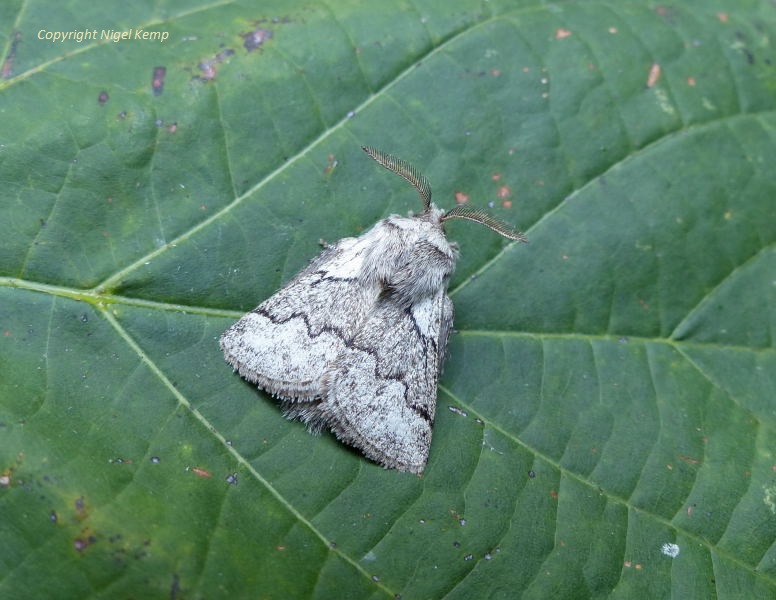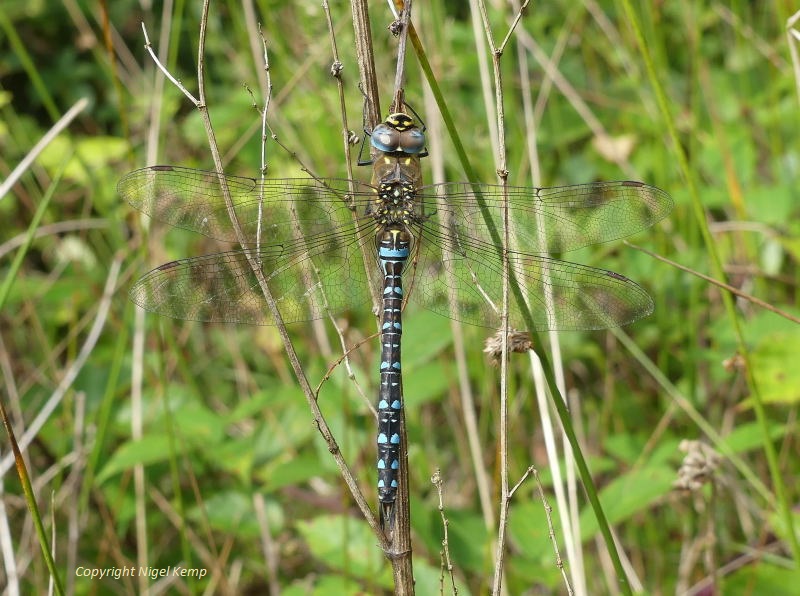Between the blustery downpours of late, I have been making use of any quiet weather interludes. Late summer has now turned into autumn and at this time of year I am a regular visitor to my local National Trust gardens to check out any sheltered floral corners for nectaring insects.
Small Copper (Lycaena phlaeas) (female) (ab. extensa)
The moth-trap can attract some interesting species during the autumn and a Pale Eggar (Trichiura crataegi) made a first ever appearance to my garden last week
Pale Eggar (Trichiura crataegi) (male)
Autumnal Rustic (Eugnorisma glareosa)
A couple of weeks ago, a friend told me of an interesting caterpillar feeding on purple toadflax in her Eastbourne garden. I photographed it the next day resting on a lavender head and we found another three larvae on other toadflax plants. Nationally, the Toadflax Brocade (Calophasia lunula) is a Red Data Book species but Eastbourne seems to be one of its strongholds.
Toadflax Brocade (Calophasia lunula) (larva)
Whilst the breeding season for most species is coming to an end, autumn marks the start of the mating season for the Purse-web Spider (Atypus affinis) when males can be found above ground searching for female burrows. This species is a distant relative of the Tarantulas, born out by those huge fangs and tail spinnerets. Thankfully, it is only the size of a thumb-nail.
A few days ago, I was walking with friends along the cliff tops near Seaford in 40mph gusts and heavy showers when I saw this male being blown about across the short grass.
Purse-web Spider (Atypus affinis) (male)



















